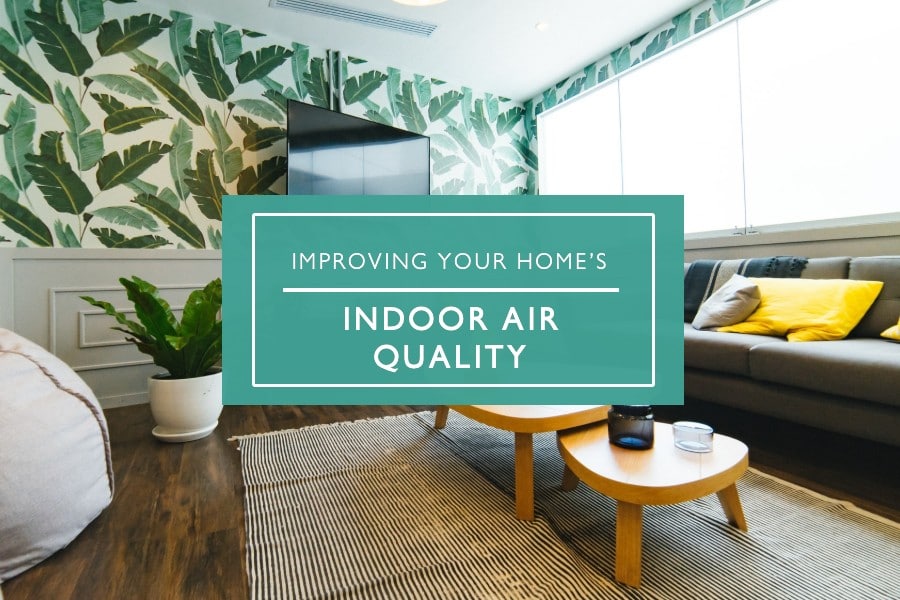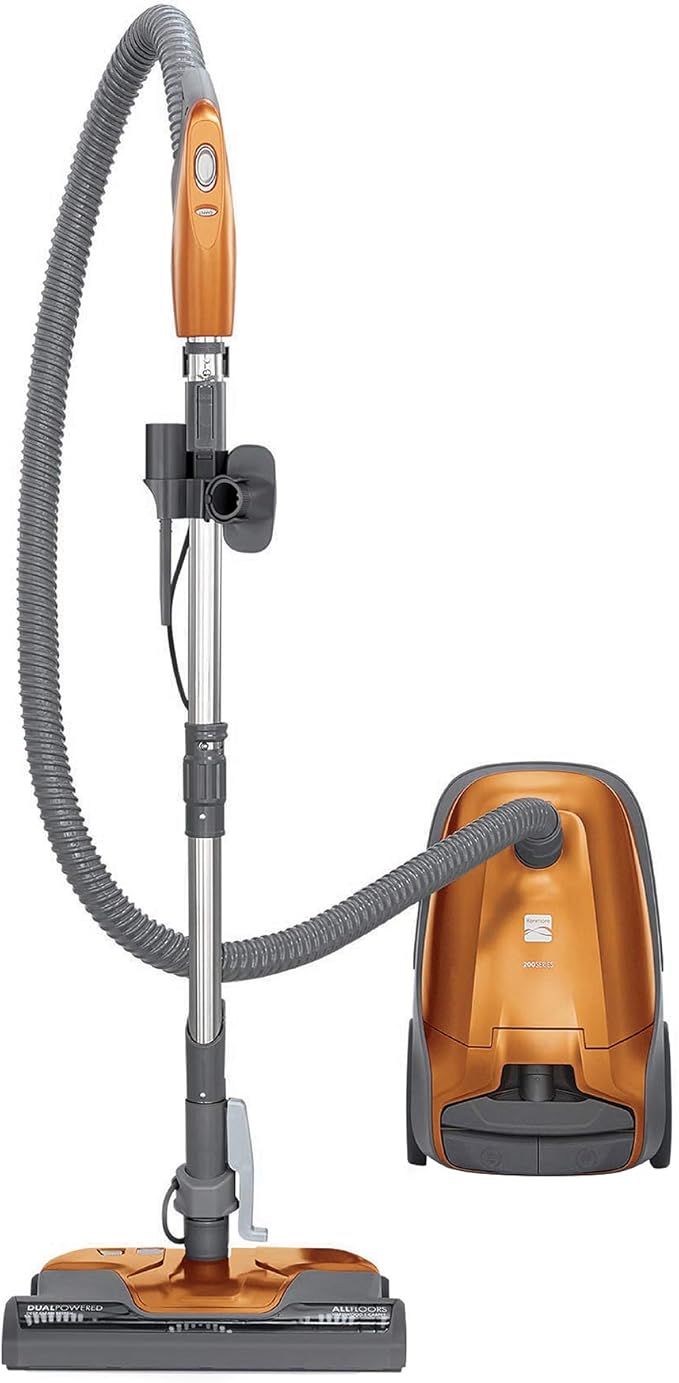Since our homes are our private oasis, we continuously want to make it as comfortable as much as possible. We remodel different aspects and rooms of our home to make it more convenient and functional. From furniture to design, decorating with the right items and color scheme can even go a long way.
But it’s not just the physical space that we should improve. Most homeowners often overlook the indoor environment, specifically the air quality inside our homes. If you feel that your home can sometimes get stuffy, then you know what I’m talking about. That’s why some people open a window or leave a crack in the door to let fresh air inside and allow it to circulate.
You should know that an indication of poor indoor air quality is not something that you will always feel or see. Some people think that air pollution is just a problem outdoors, but our homes can also be tainted with dangerous pollutants. Even if we regularly clean our house, air contaminants that can have harmful effects on our health may still be present. From cleansers to VOCs, there are many factors that can contribute to indoor air pollution.
If you want to safely and easily breathe in your home, you will need to learn more about indoor air quality and the sources of air pollution inside our homes. Continue reading to find out how to improve indoor air quality so you can have cleaner and safer air in your home.
What Is Indoor Air Quality?
According to the Environmental Protection Agency (EPA), indoor air quality is defined as the air quality within and around structures and buildings that can affect the health and comfort of the occupants. As mentioned above, indoor air quality is often overlooked yet there are plenty of benefits of improving it as well as consequences of having poor indoor air quality. Taking care of the indoor air quality can promote the overall well-being of the residents and reduce risks of health problems while overlooking it can lead to the buildup of dangerous indoor toxins.
How Does Indoor Air Get Polluted?
Even if your house looks sparkly and clean, this does not mean that you have good indoor air quality. There may still be harmful air contaminants that can cause indoor health issues. Studies have shown that indoor air pollution is one of the top five public health risks. So what causes polluted air inside our homes?
There are many sources of indoor air pollution such as outdoor air contaminants getting inside, dust, pollen, and even the mold and mildew growing in our bathroom or basement. It can also be caused by common household products such as dish soaps, deodorizers, fabric softeners, leather treatments, or chemical-based cleansers.
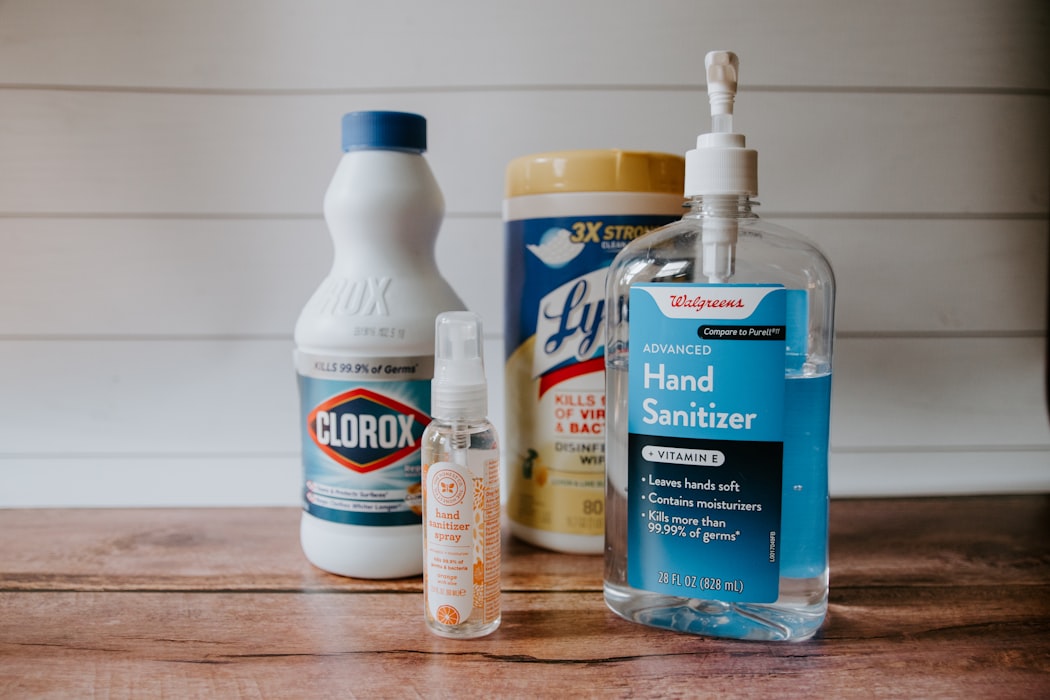
Other sources are tobacco smoke, exhausts, stoves, and poorly-vented appliances that produce carbon monoxide and nitrogen dioxide. But even if you don’t smoke or stop using household products and appliances that cause indoor air pollution, the materials used to build your home can also contribute to poor indoor air quality. There are building materials that give off volatile organic compounds or VOCs when disturbed. The lead from the paint, asbestos from the roof, floor, and tiles, radon from the sump pump and foundation cracks, and formaldehyde from furnishings, insulation materials, and adhesives are chemicals that can have harmful effects on our health.

What Happens When Indoor Air Pollution Is Left Unchecked?
Indoor air pollution can have negative effects on our health, sometimes immediately, while there are some health issues that only appear after a few years.
For the immediate effects, single or repeated exposure to air contaminants may irritate the nose, eyes, and throat, leading to congestion, headaches, dizziness, nausea, fatigue, and vomiting. The most common symptoms are constant sneezing, coughing, and sniffling. Exposed occupants may also have symptoms of illnesses such as the common cold, asthma, and other viral diseases. In severe cases, one may also develop respiratory issues such as shortness of breath, painful breathing, and rapid heartbeat. These issues tend to be short-term and can be treated by getting out of the structure or eliminating the source of pollution.
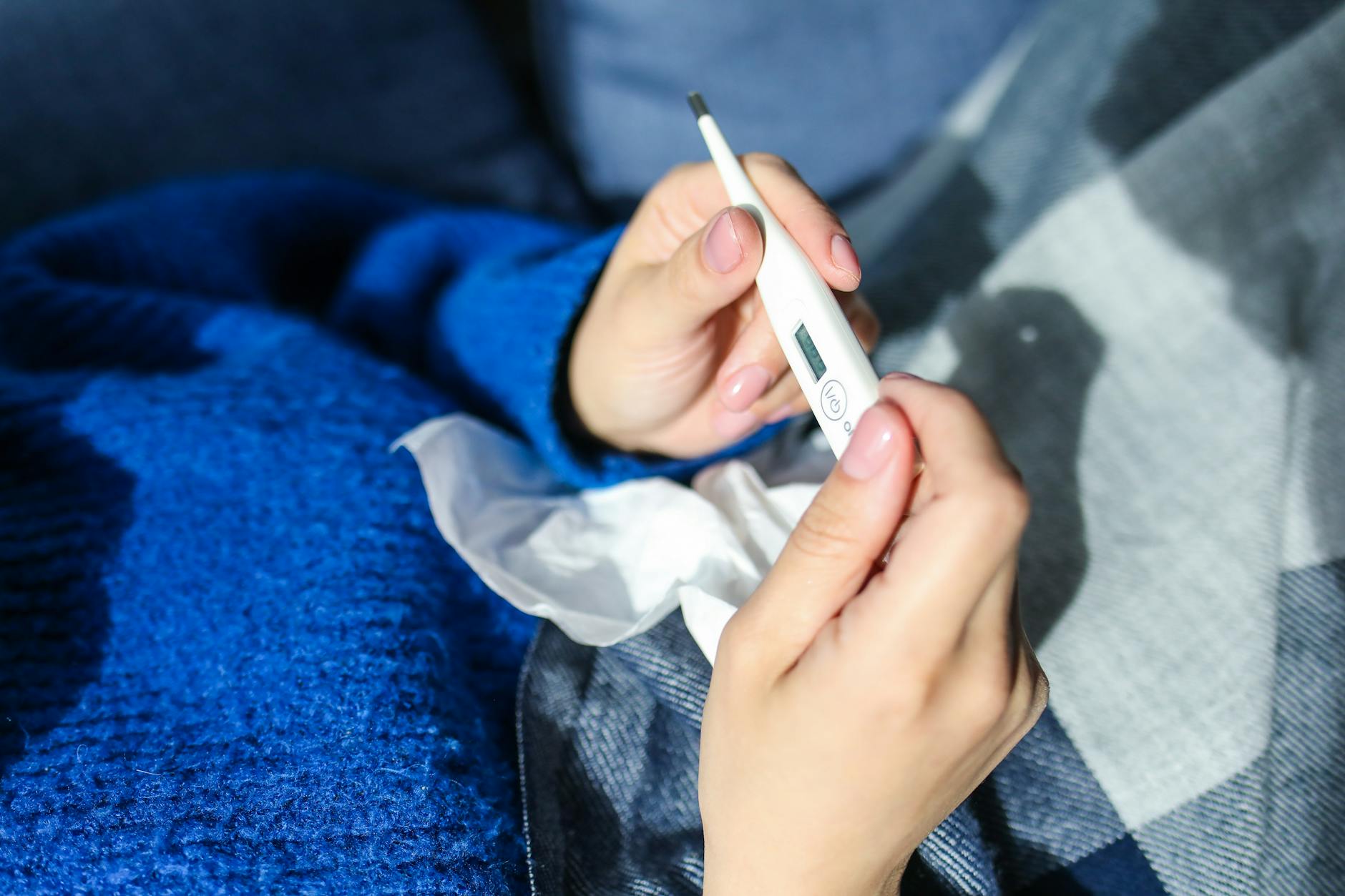
For the long-term effects, it may appear after repeated exposure or in a few years. Exposed residents may be at risk of respiratory diseases, lung cancer, and heart illnesses. The effects will largely depend on the age, existing health issues, and sensitivity to certain pollutants. That’s why even if symptoms do not appear immediately, it is better to improve air quality to reduce the risk of these diseases.
How To Improve Indoor Air Quality
Identifying the source of indoor air pollution as well as eliminating it can be challenging, and sometimes, impossible. Fortunately, there are ways to improve indoor air quality to make it easier to breathe and have cleaner air inside your home.
A Clean Home
Before doing extra measures for better indoor air quality, the first thing you need to do is to have a clean home. You should vacuum and remove household dust since these may contain allergens and chemicals. Regularly vacuum high foot traffic areas as well as furniture, walls, and other areas where dust accumulates. It is recommended to vacuum twice a week or more, and most importantly, to clean the vacuum filter regularly.
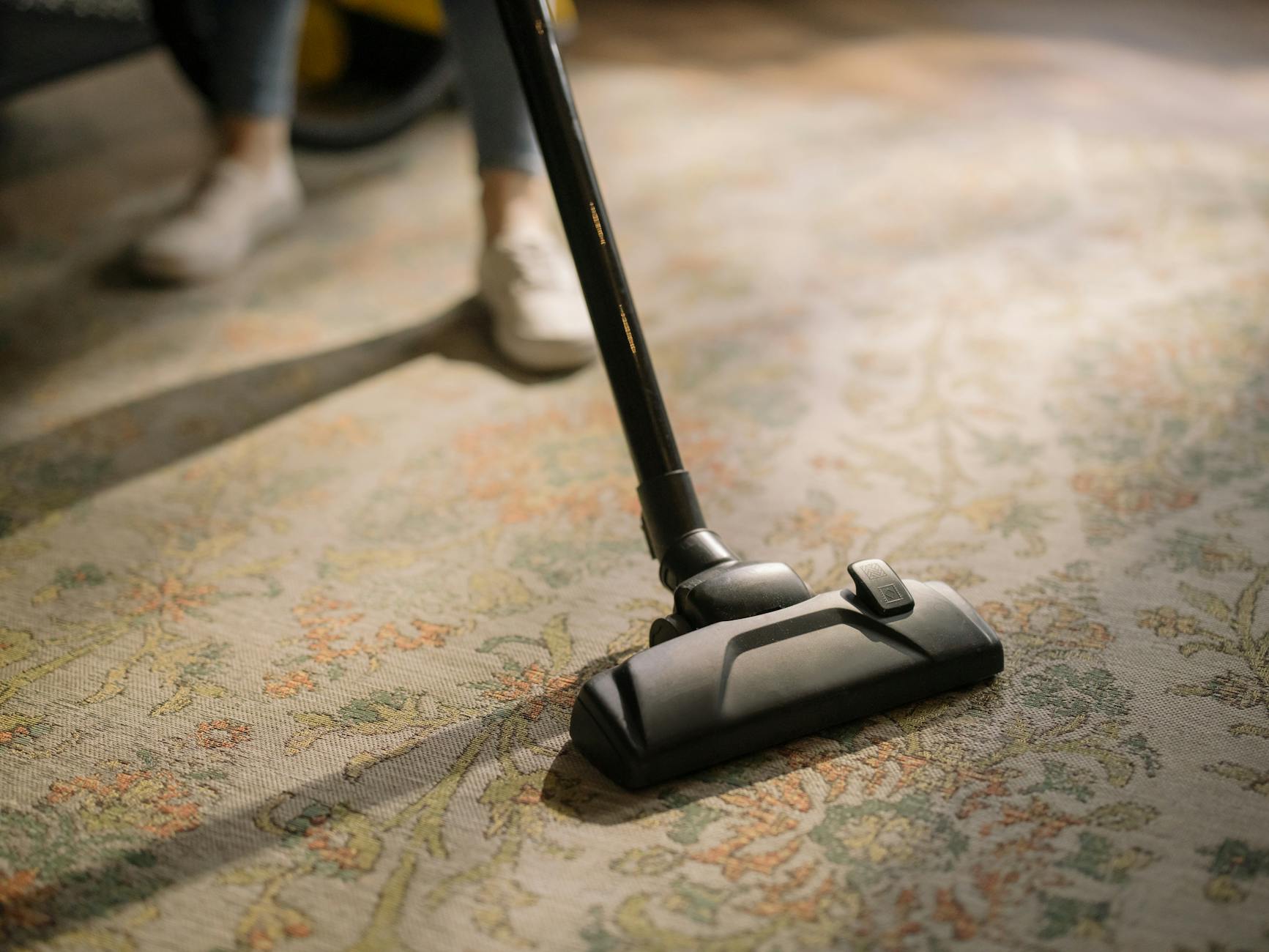
Expert tip:
Recommended Vacuums With HEPA Filter
3,634 Ratings
Dual brush roll system
Suitable for carpet and hard floor
Detachable canister
Self-cleaning
Having Proper Ventilation
Pollutants may increase if too much or too little outdoor air gets inside our homes, that’s why our homes need to be properly ventilated. Aside from ensuring that rooms are well-ventilated, we also need to check if the heaters, stoves, furnaces, and other appliances are ventilating properly.

Another way for pollutants to enter our home is through infiltration, which is outdoor air entering through openings, cracks, and joints. You can prevent this by sealing cracks in floors, walls, ceiling, and around doors and windows.
Expert tip:
Maintaining The Right Humidity Level
Mold, dust mites, and other causes of allergens thrive in a moist environment. To prevent them from building up in your home, you need to maintain a healthy level of humidity. A dehumidifier can help reduce moisture and control mold, mildew, and dust mites.

Source: Amazon
Testing and Monitoring Indoor Air Quality
The best way to improve your indoor air quality is to test and monitor it. There are many tools you can use to measure indoor air quality, specifically for the different pollutants. There are three types of pollutants: biological, chemical, and combustion. Biological pollutants are mold, pollen, dust mites, and dander. Chemical pollutants involve VOCs while combustion pollutants are byproducts of anything that burns, such as tobacco smoke and carbon monoxide.
You can now purchase sensors to find out if you’re exposed to these pollutants. There are even some monitors that can check the surrounding outdoor air quality. There are some devices that need to be strategically placed to get the right measurement while there are monitors that can be left unattended anywhere in your home.
Best Indoor Air Quality Monitors and Test Kits
540 Ratings
Formaldehyde detector
Temperature and humidity meter
Pollution tester and sensor
Test Indoor VOCs
eBook included
392 Ratings
Radon monitor
VOCs sensor
Humidity and temperature
Carbon Dioxide test
Quick start guide
Are you still worried about dangerous air pollutants inside your home?
If you want an expert opinion, you can hire a professional to test for contaminants and harmful VOCs.
To easily and quickly find top-rated pros in your area, I recommend HomeAdvisor. Here are some services you can get quotes for:
LOOKING FOR A CONTRACTOR?


